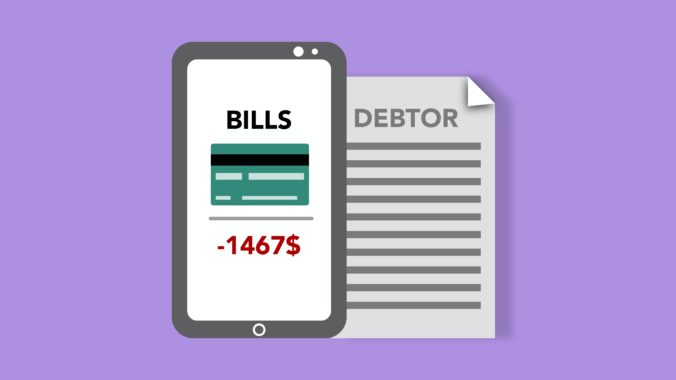Every year, thousands of new businesses are born in Ukraine which makes it a startup hotspot. They work hard to attain their objectives. This is how billionaire businesses are created. Among Ukrainian startups, there already are several unicorns that have gained global recognition. And each of them has enormous potential in the future. In this article, we collected information on companies on the list of unicorns and how they continue to operate during the war.
Unicorns are startups worth $1 billion or more. Unicorns have recently emerged from quickly rising and developing businesses such as the IT industry. Most unicorns are trendsetters in their sector, consumer-oriented, and aiming for the global market.
A further indicator that Ukraine is actively working, even when at war, is that AirSlate, a Ukrainian company, has recently received unicorn status the middle of 2022. AirSlate’s Kyiv headquarters employs around 800 individuals, albeit they have shifted to remote work since the full-scale invasion.
AirSlate is a company that provides workflow setup and automation solutions for document generation, contract administration and negotiation, robotic and digital process automation, and workflow automation software. The AirSlate community is actively involved in humanitarian activities and has committed to #StandWithUkraine and has set aside $1.5 million for humanitarian initiatives for its team members and their families.
Reface is an innovator in the use of AI/ML technology to create customized content. The Reface app quickly rose to the top of the App Store and was named one of Google Play’s best applications of 2020. Face-swapping technology developer aiming to swap faces in pictures, GIFs, memes, and videos. The company’s technology automatically converts uploaded photos into interesting things, allowing users to simply modify material and create personalized content.
Reface initiated a global marketing effort that reached millions of people worldwide during the early days of russia’s massive attack on Ukraine. Reface is also organizing a fundraising effort to help address the humanitarian needs of Ukrainian residents and activists. The purpose is to get humanitarian aid to Ukrainians as soon as possible.
Ajax Systems is an organization that specializes in wireless security alarm systems. It is a technology startup that creates smart home security systems and sensors. It includes wireless window and door opening sensors, as well as movement sensors.
The startup is expanding into Argentina. The organization plans to grow its regional presence and establish a local team. The “Air Alarm” app for iOS and Android was developed by Ajax in collaboration with Stfalcon.com and with the help of the Ministry of Digital Transformation. He is already working in 12 locations in the country to keep people safe at this time.
GitLab is a DevOps platform provider for the software development lifecycle. In 2014, it was officially launched. It provides portfolio planning and management by organizing and tracking progress using epics, groups (programs), and milestones. The company assists teams in designing, developing, and managing code and project data using a single distributed version control system.
Grammarly was formed in Kyiv in July 2009, and the company became a unicorn in the same year. The software program is provided by the Corporation, which is situated in San Francisco, California. Grammarly also has offices in Vancouver, New York City, and Kyiv. The company’s first software package was offered as a premium subscription product and an online editor. The purpose was to assist students with their writing and to teach individuals the fundamental building elements of the English language.
So, we looked at unicorn companies and how they support Ukraine through the russian full-scale invasion. Until now, the war has placed doubt on engagement with Ukrainian firms. Yet we see that local companies do their best to not only successfully operate but also help the country.





